This post may contains affiliate links. Read our full disclosure here.
Ever wondered why that crisp Sauvignon Blanc made your goat cheese salad sing? Or how a bold Cabernet transforms a ribeye into a flavor explosion? Mastering culinary harmonies isn’t about memorizing rules—it’s decoding the DNA of taste. At San Francisco’s Michelin-starred Michael Mina Restaurant, Chef Mike orchestrates dishes like a DJ blending tracks, balancing fat with acid, salt with sweetness. His secret? “Treat ingredients like collaborators, not competitors.”
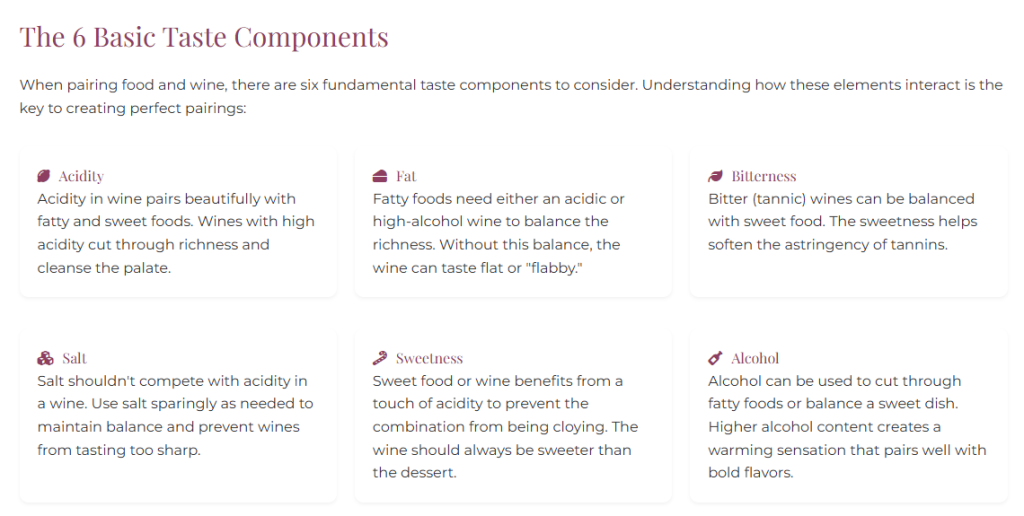
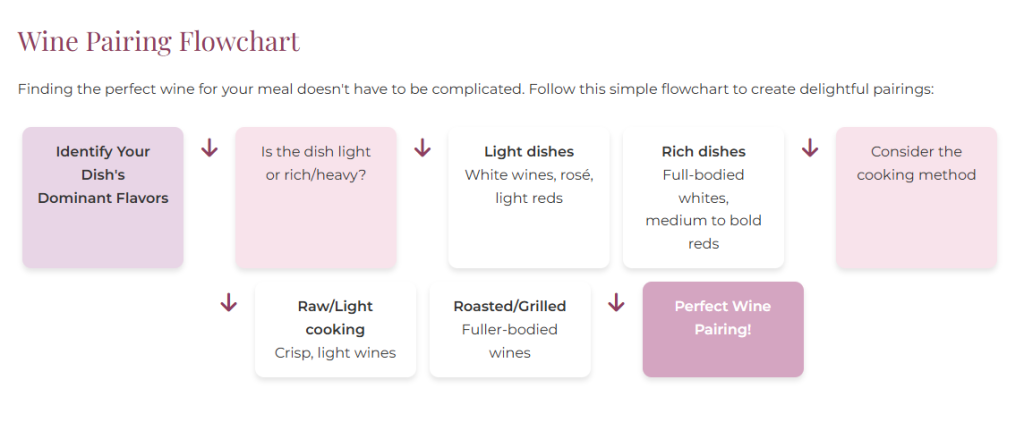
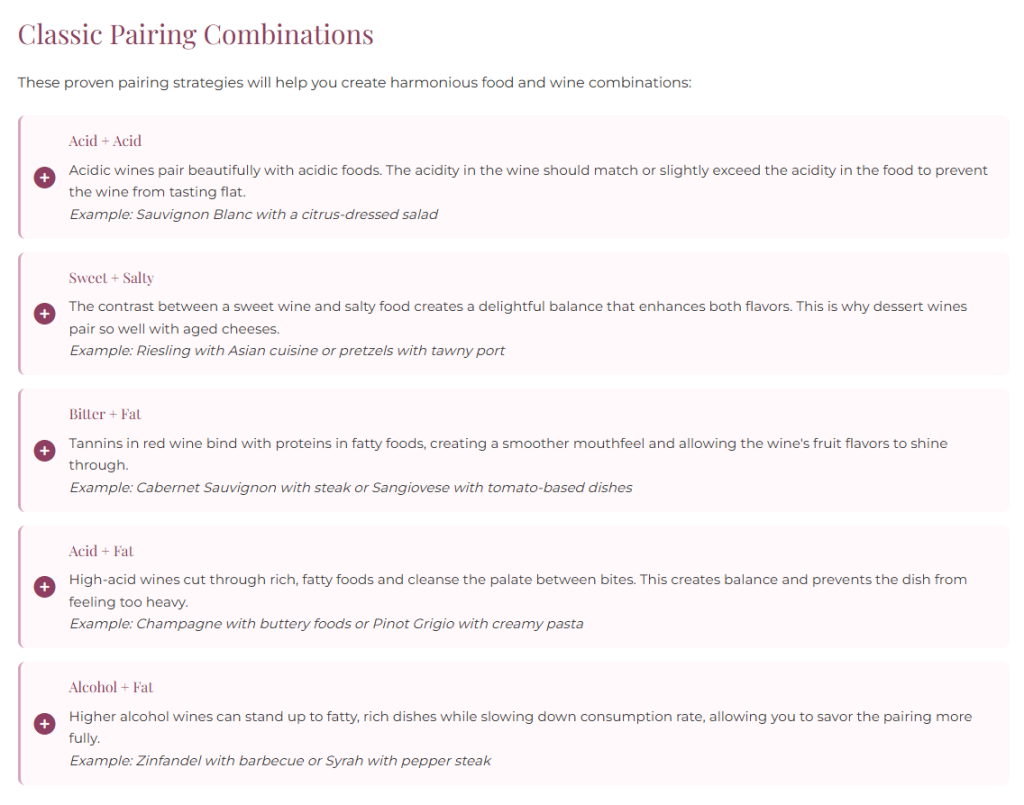
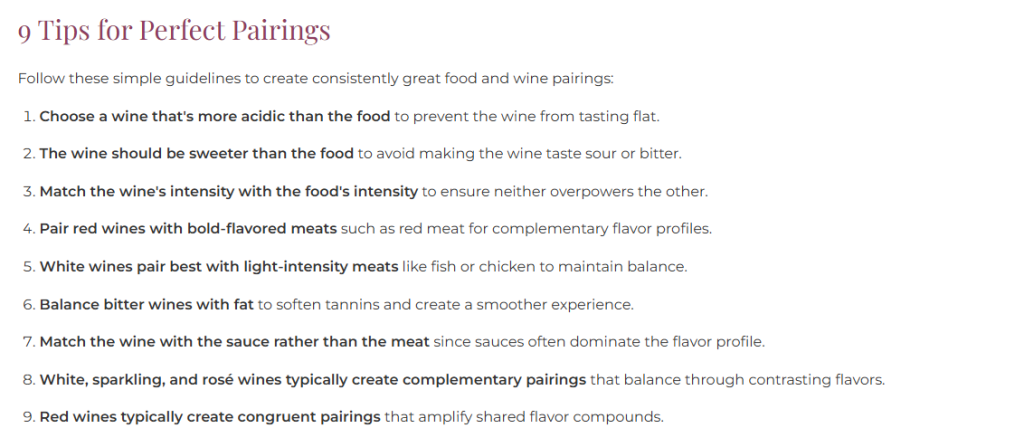
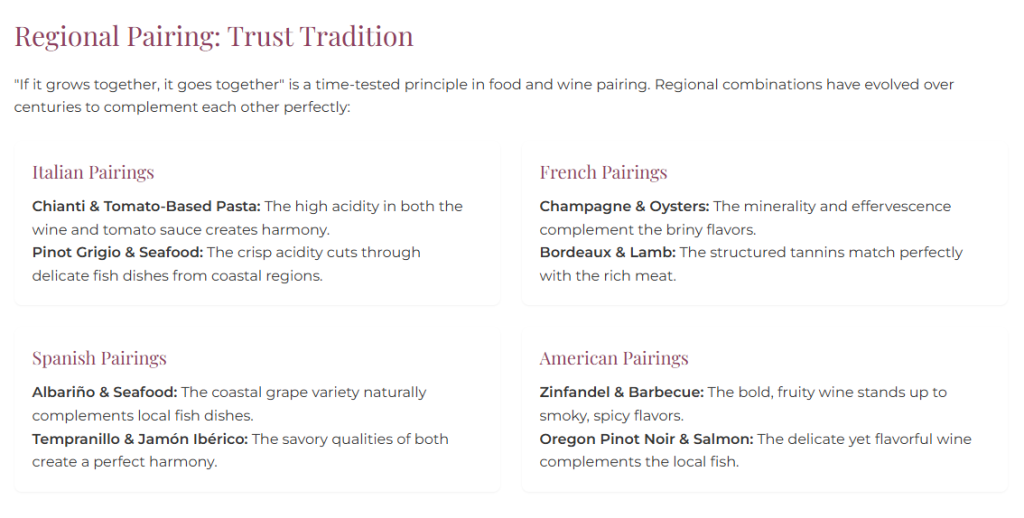
The magic lies in six core elements: bitter, fat, acid, salt, sweetness, and alcohol. Think of them as your flavor compass. Regional traditions offer cheat codes—like pairing Tuscan Sangiovese with rosemary-infused lamb. As Wine Folly’s guide reveals, these combinations evolved over centuries for a reason.
Balance is non-negotiable. A buttery Chardonnay drowns delicate seafood but elevates lobster bisque. Sweet Riesling tames chili heat without becoming cloying. It’s chemistry meets poetry—no sommelier certification required.
Ready to hack your next dinner party? We’re breaking down pro techniques from Napa’s elite vintners and New York’s avant-garde chefs. Spoiler: Your charcuterie board will never be the same.
Exploring the Basics of Flavor Profiles and Pairing Techniques
Why does a sip of Barolo make truffle risotto taste like a symphony? Flavor alchemy operates on six elemental forces: bitter, fat, acid, salt, sweetness, and alcohol. These aren’t just taste sensations—they’re levers chefs like Michael Mina pull to create mind-blowing combos. His seared duck with cherry gastrique? Acid slices through fat like a flavor scalpel.
Geography as Flavor GPS
Regional pairings work because they’re time-tested hacks. Tuscan Sangiovese’s earthy tannins evolved alongside rosemary-rubbed lamb—nature’s original meal kit. Champagne’s razor-sharp acidity wasn’t made for oysters by accident. “Local pairings are cheat codes written by generations,” notes Mina’s beverage director.
Tannin Warfare 101
High-fat dishes demand structural opponents. Enter Sangiovese’s grippy tannins clashing with herbed potato croquettes’ richness—a culinary cage match where everyone wins. But mismatch acidity levels? A delicate vinaigrette will steamroll low-acid whites faster than TikTok kills trends.
Sweetness as Secret Weapon
Off-dry Riesling doesn’t just cool chili heat—it rewires your palate. Salted caramel desserts find their soulmate in tawny Port’s raisiny sweetness. It’s not pairing—it’s flavor judo, using a dish’s energy against itself.
Essential Concepts: Food and Wine Pairing Fundamentals: Basic Principles That Always Work
Imagine a DJ mixing tracks at Coachella—drop the bass too hard, and the vocals vanish. Flavor harmony operates on the same physics. At Eleven Madison Park, sommeliers treat intensity matching like sound engineering: “A citrus-kissed ceviche needs a Riesling’s high notes, not Cabernet’s bassline.”
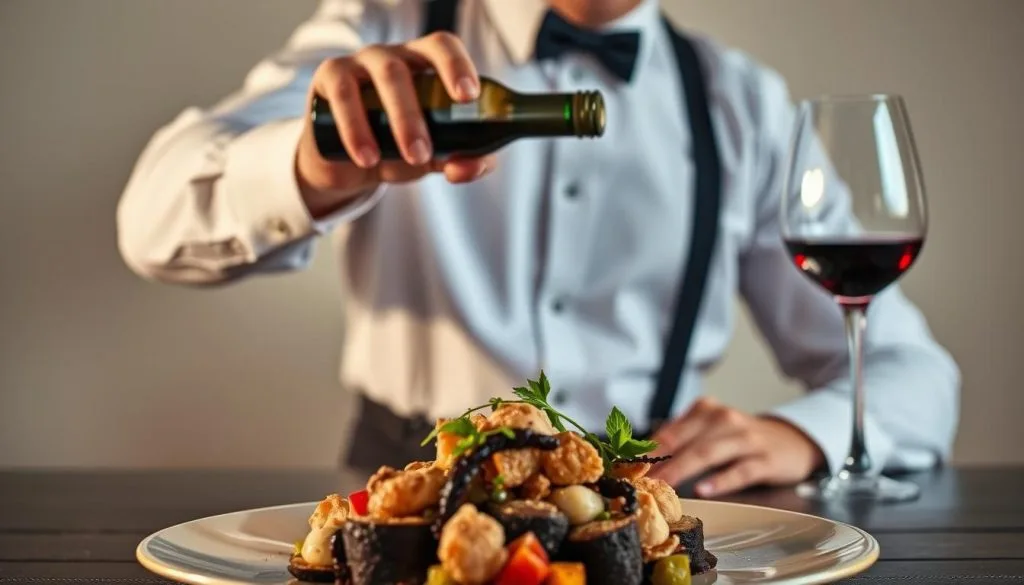
Decode Your Dish’s Volume Knob
Break recipes into their loudest components. A lemon-drenched seafood tower screams acid—pair with Sauvignon Blanc’s razor-sharp zest. But misstep with oaky Chardonnay? “Like shouting over a whisper,” says Master Sommelier Victoria James.
Aroma Alchemy
Pinot Noir’s earthy funk elevates mushroom risotto’s umami—congruent pairing. Contrast play? Try salty prosciutto with honeyed Gewürztraminer. Professional pairing charts reveal 83% of successful combos use this push-pull dynamic.
Weight Class Warfare
Lightweight vs. heavyweight matters. Delicate cucumber salads get bulldozed by bold Malbec—opt for Verdejo’s grassy freshness. Meanwhile, ribeye’s marbling demands tannic Barolo like Drake needs champagne. Balance isn’t polite—it’s survival of the tastiest.
Practical How-To Guide: Steps and Tips for Perfect Pairings
What do hip-hop producers and sommeliers have in common? Both craft harmonious combinations through calculated contrast. Start by dissecting your meal like a forensic foodie—what’s screaming loudest? Is it the chili burn in your ramen broth or the umami bomb in your miso-glazed eggplant?
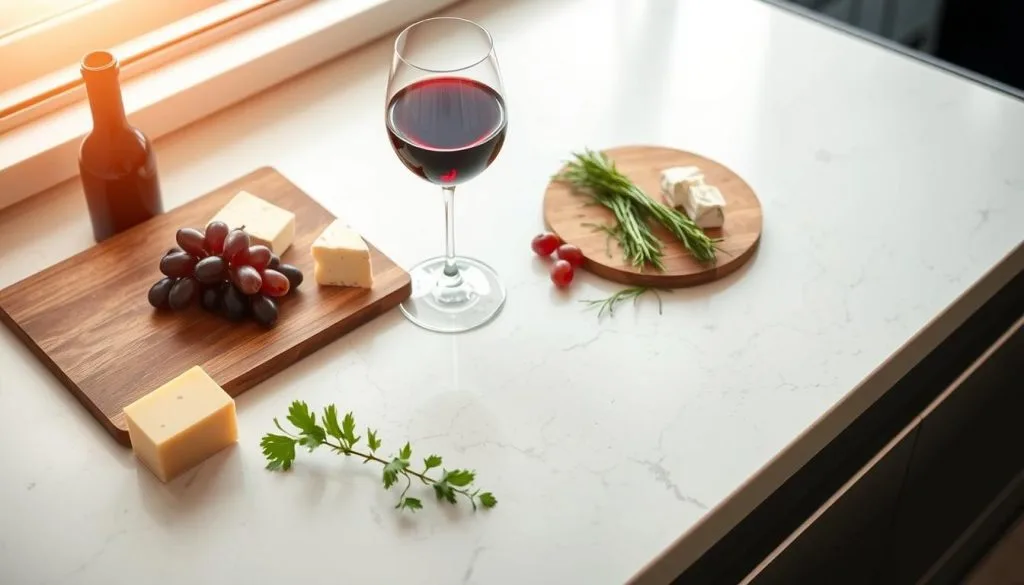
Step-by-Step Process for Creating Harmonious Pairings
Follow this three-step framework used by Brooklyn’s Le Crocodile beverage team:
| Dish Component | Wine Choice | Pro Move |
|---|---|---|
| Fatty steak | Cabernet Sauvignon | Tannins scrub richness like a flavor exfoliant |
| Creamy sauce | Oaked Chardonnay | Buttery textures mirror each other |
| Citrus salad | Albariño | Acid-on-acid creates electric tension |
“Treat pairings like Tinder matches,” suggests sommelier Jamal Harris. “Swipe right when flavors either complete each other’s sentences or debate passionately.”
Creative Ideas for Pairing Meats, Cheeses, and Desserts
Swap predictable cabs and bries for these viral combos:
- Smoked Gouda + Syrah = campfire vibes without the smoke inhalation
- Maple bacon doughnuts + Spätlese Riesling = breakfast-for-dessert rebellion
- Duck confit tacos + Cru Beaujolais = Paris meets Tulum in your mouth
Netflix-and-chill upgrade: Pair truffle popcorn with Blanc de Noirs Champagne. The bubbles cut through fat like digital detox through screen fatigue.
Conclusion
Think of your next meal as a playlist needing curation. Just as Cardi B’s basslines demand crisp highs, grilled sirloin craves aged Zinfandel’s smoky rasp. The magic lies in equilibrium—where acid slices through fat like a diamond cutter, and sweetness disarms heat like a negotiator.
Three rules reign supreme: Match intensity like tuning speakers at a Brooklyn rooftop party. Let regional traditions be your GPS (Chianti + tomato sauce = Roman holiday vibes). Treat basic components—salt, acid, alcohol—as your flavor DJ booth.
This isn’t just dinner—it’s cultural time travel. That Pinot Noir with duck confit? You’re tasting centuries of Burgundian soil. Riesling with kung pao shrimp? East-West diplomacy via tastebuds.
Urban professionals already optimize workouts and playlists. Why let meals be basic? Challenge accepted: Swap your next takeout merlot for Txakoli’s searing zest. Ditch predictable cabs for orange wine’s funky embrace. The perfect pairing isn’t found—it’s forged through bold experiments that make taste memories.




